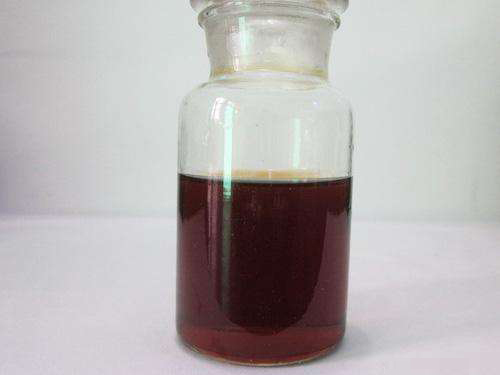Exploring the Applications and Benefits of Diethylene Triamine Penta in Various Industries
Understanding Diethylene Triamine Penta (DTPA) A Versatile Chelating Agent
Diethylene triamine pentaacetic acid, commonly referred to as DTPA, is a chelating agent that has gained significant attention in various fields, including chemistry, medicine, and environmental science. This compound, with the chemical formula C14H23N5O10, is recognized for its ability to sequester metal ions, making it a valuable tool in numerous applications.
What is DTPA?
DTPA is a synthetic organic compound that belongs to the class of polyamine carboxylic acids. It is characterized by its structure, which features multiple carboxylate groups that can bind metal ions. Due to its chelating properties, DTPA effectively forms stable complexes with a wide range of heavy metals, including lead, mercury, and cadmium. This unique ability makes it particularly useful in both industrial processes and environmental remediation efforts.
Applications in Medicine
In the medical field, DTPA has been utilized as a contrast agent in nuclear medicine. It helps to enhance the visibility of certain organs and tissues during imaging procedures, such as MRI and CT scans. DTPA can facilitate the detection of specific conditions, allowing for more accurate diagnoses.
Additionally, DTPA is employed in the treatment of heavy metal poisoning. When administered, it binds to toxic metals in the bloodstream, forming stable complexes that are then excreted through the kidneys. This detoxification process is crucial for patients suffering from exposure to heavy metals, as it helps to minimize the physiological damage caused by these toxic substances.
diethylene triamine penta

Role in Agriculture
DTPA is also finding use in agriculture, particularly in the formulation of fertilizers. As many soil conditions can limit the availability of essential micronutrients like iron, zinc, and manganese, DTPA can enhance the solubility of these nutrients. This chelating agent ensures that plants have access to the necessary minerals for growth and development, leading to improved crop yields and overall health.
Moreover, DTPA's ability to solubilize metal ions can aid in the remediation of contaminated soils. By applying DTPA to affected areas, it can mobilize heavy metals, which are then easier to extract or stabilize, thereby reducing environmental risks.
Environmental Applications
In environmental science, DTPA plays a pivotal role in the remediation of polluted sites. Its effectiveness in binding to heavy metals makes it a suitable agent for detoxifying contaminated water and soil. Various studies have shown that DTPA can be utilized to enhance the extraction of heavy metals from sediments and sludges through a process known as chelation-assisted extraction. This method supports the cleanup of environments impacted by industrial activities, mining, or accidental spills, promoting the restoration of ecological balance.
Conclusion
Diethylene triamine pentaacetic acid is a remarkable compound with multifaceted applications across various sectors. From its role in medical imaging and heavy metal detoxification to enhancing agricultural practices and facilitating environmental remediation, DTPA demonstrates its versatility and importance. As scientific research continues to uncover new uses and benefits of this chelating agent, it is likely that DTPA will play an increasingly vital role in addressing both health and environmental challenges in the future. With ongoing innovation and exploration, the potential impacts of DTPA on society and the environment could be profound, meriting further investigation and application.
-
Water Treatment with Flocculant Water TreatmentNewsJun.12,2025
-
Polymaleic AnhydrideNewsJun.12,2025
-
Polyaspartic AcidNewsJun.12,2025
-
Enhance Industrial Processes with IsothiazolinonesNewsJun.12,2025
-
Enhance Industrial Processes with PBTCA SolutionsNewsJun.12,2025
-
Dodecyldimethylbenzylammonium Chloride SolutionsNewsJun.12,2025





